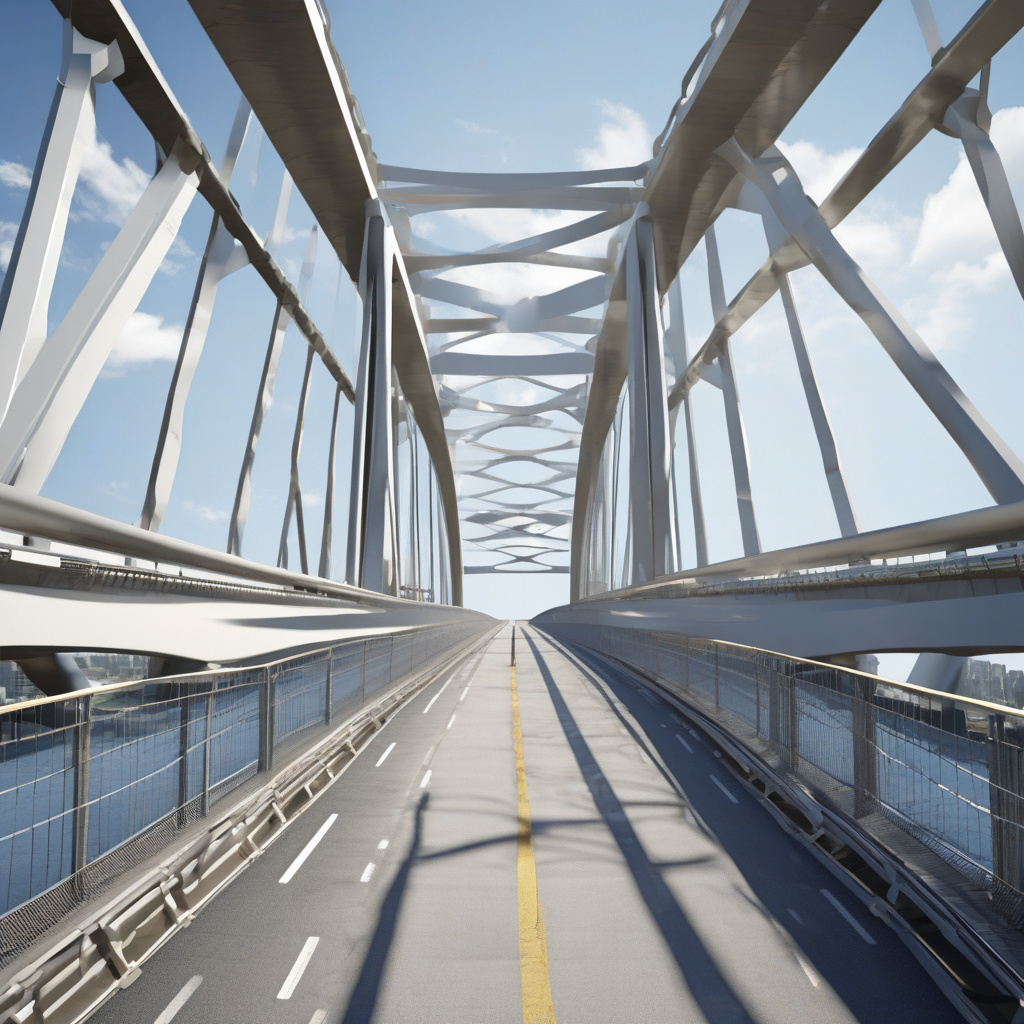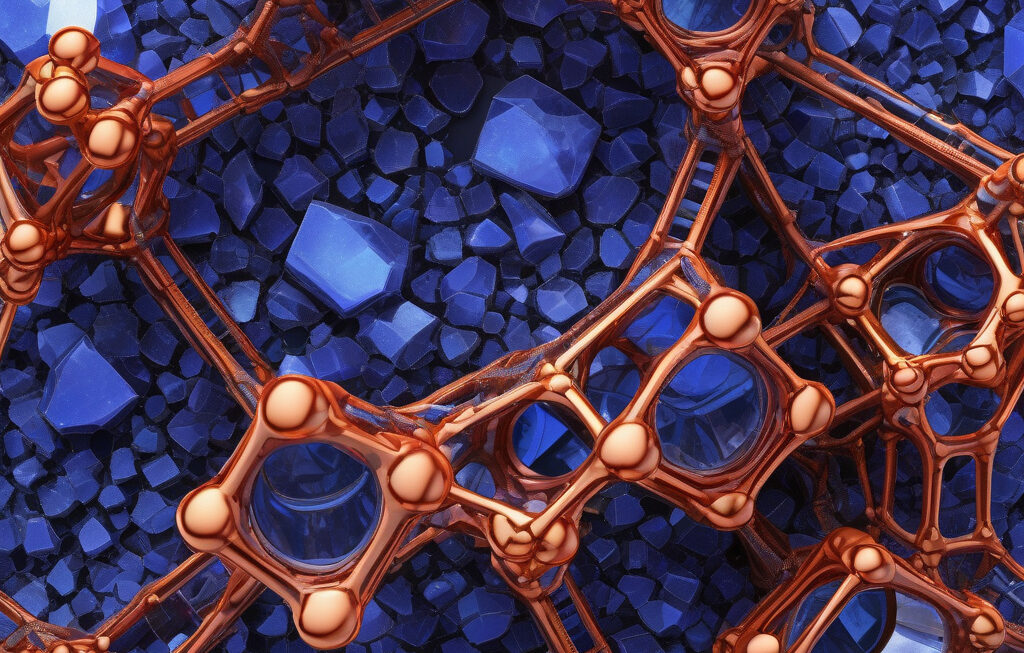3x Boost: US Scientists Increase Bridge Lifespan with Corrosion-Resistant Steel
Scientists in the United States have developed a new technology that can triple the lifetime of bridges through the use of corrosion-resistant steel. This breakthrough in infrastructure innovation has the potential to revolutionize the way bridges are constructed and maintained, offering long-term cost savings and increased safety for the public.
Corrosion is one of the biggest challenges faced by bridges, especially in regions with harsh weather conditions or high levels of humidity. Over time, exposure to elements such as moisture, salt, and pollution can cause steel structures to deteriorate, leading to costly repairs, maintenance, and in some cases, structural failure.
By incorporating corrosion-resistant steel into bridge construction, scientists have found a way to mitigate these risks and significantly extend the lifespan of bridges. This type of steel is specially designed to withstand corrosion, offering enhanced durability and structural integrity in comparison to traditional steel materials.
The key advantage of using corrosion-resistant steel lies in its ability to form a protective oxide layer that acts as a barrier against corrosive elements. This layer effectively prevents the steel from rusting and deteriorating, even in the most challenging environments. As a result, bridges built with this innovative material require less maintenance and have a longer service life.
In addition to its durability, corrosion-resistant steel also offers environmental benefits. By reducing the need for frequent repairs and replacements, this technology helps to minimize the environmental impact of bridge maintenance activities, such as the use of heavy machinery and the disposal of old materials.
Furthermore, the use of corrosion-resistant steel aligns with the growing trend towards sustainable infrastructure solutions. By investing in long-lasting materials that require fewer resources for maintenance, governments and construction companies can contribute to a more environmentally friendly and cost-effective approach to infrastructure development.
The implications of this technological advancement extend beyond bridges, with potential applications in other critical infrastructure projects such as tunnels, highways, and buildings. By harnessing the power of corrosion-resistant steel, engineers and architects can enhance the longevity and resilience of various structures, ensuring a safer and more sustainable built environment for future generations.
As the demand for infrastructure continues to grow globally, innovative solutions like corrosion-resistant steel are becoming increasingly essential to meet the challenges of aging structures and limited resources. By investing in research and development in this field, countries can enhance the longevity and safety of their infrastructure networks, paving the way for a more sustainable and resilient future.
In conclusion, the breakthrough achieved by US scientists in increasing bridge lifespan with corrosion-resistant steel represents a significant step forward in infrastructure innovation. By leveraging the power of advanced materials and technology, we can build a more sustainable and resilient infrastructure network that meets the needs of today and tomorrow.
#BridgeLifespan, #CorrosionResistantSteel, #InfrastructureInnovation, #SustainableDevelopment, #USscientists












